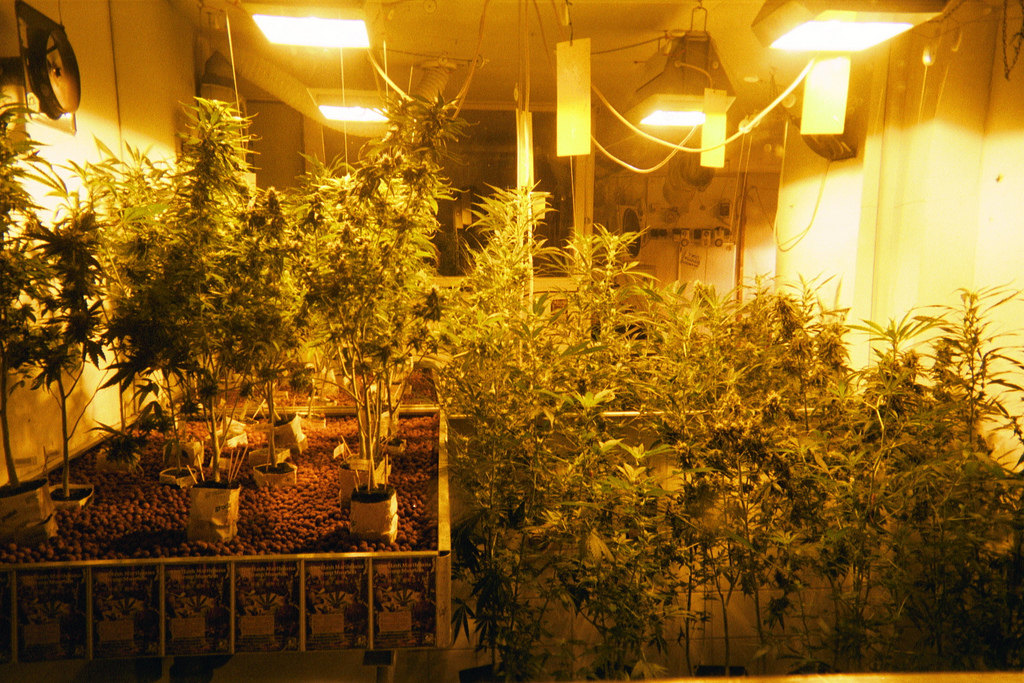Alaskan voters approved a ballot measure legalizing marijuana earlier this month. A proposal to ban commercial marijuana was shot down in the Anchorage Assembly this week, which is lucky for Alaska ganjapreneurs as outlawing dispensaries in Anchorage would be a huge blow to the state’s ability to keep up with it’s citizens’ demand for marijuana. Alaska has the second highest amount of stoners per capita of any state in the U.S.
“Just like in Colorado and Washington, demand is unlikely to be met in the early stages of the recreational market,” says Adam Orens, an economist with the Marijuana Policy Group, who recently conducted a study on the demand for marijuana in Alaska. “It takes time to set up the regulatory system and for businesses to find and equip their grow operations. It ultimately depends on the characteristics of the regulatory system and whether enough entrepreneurs start marijuana grows and retail centers.”
The Marijuana Policy Group found that between all of Alaska’s 21 and older marijuana smokers there is a collective demand for 17.8 metric tons of cannabis. Assuming the price-range is similar to Colorado’s immediately following legalization ($14 a gram), this would equate to $55.6 million in sales, and $7.1 million in total tax revenues (if Alaska levies a $50 an ounce unit tax). Though MPG estimates that once retail operations are approved, they will only be able to produce 0.4 tons of marijuana — a paltry 22.4% of the market demand.
Colorado has experienced an even worse disparity, according to a study Orens conducted earlier in the year, which found that the state demand was at 130 tons, yet legal markets could only supply 77 tons. Yet Colorado already had a regulated medical marijuana system that was firmly established and functioning going into recreational sales. Whereas Alaska MMJ patients have never had brick and mortar stores to purchase their cannabis in, only caregivers with small grow operations, or the black market. (There has also evolved a “grey market” in the state, where caregivers grow more than their allotted amount of marijuana and sell it on the side.)
“Colorado relied heavily on its medical system to set up the regulated retail marijuana system,” says Orens. “Washington did not have a robust medical system and their retail system has been slower to be implemented and slower to mature. I think that in the long term, the lack of an established medical system could contribute significantly to the success of the retail system.”
While the demand for cannabis in Alaska is significant, it remains to be seen what kind of system state and local governments will set up for the sale, taxation, and regulation of grow sites. All of which will have a significant impact on whether enough of the state’s pot-smoking citizens can get their hands on legally purchased marijuana in order for the market to thrive.
Photo Credit: laurascudder
Get daily cannabis business news updates. Subscribe
End


